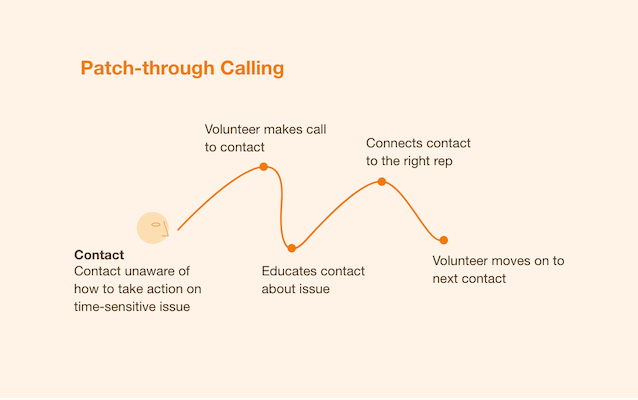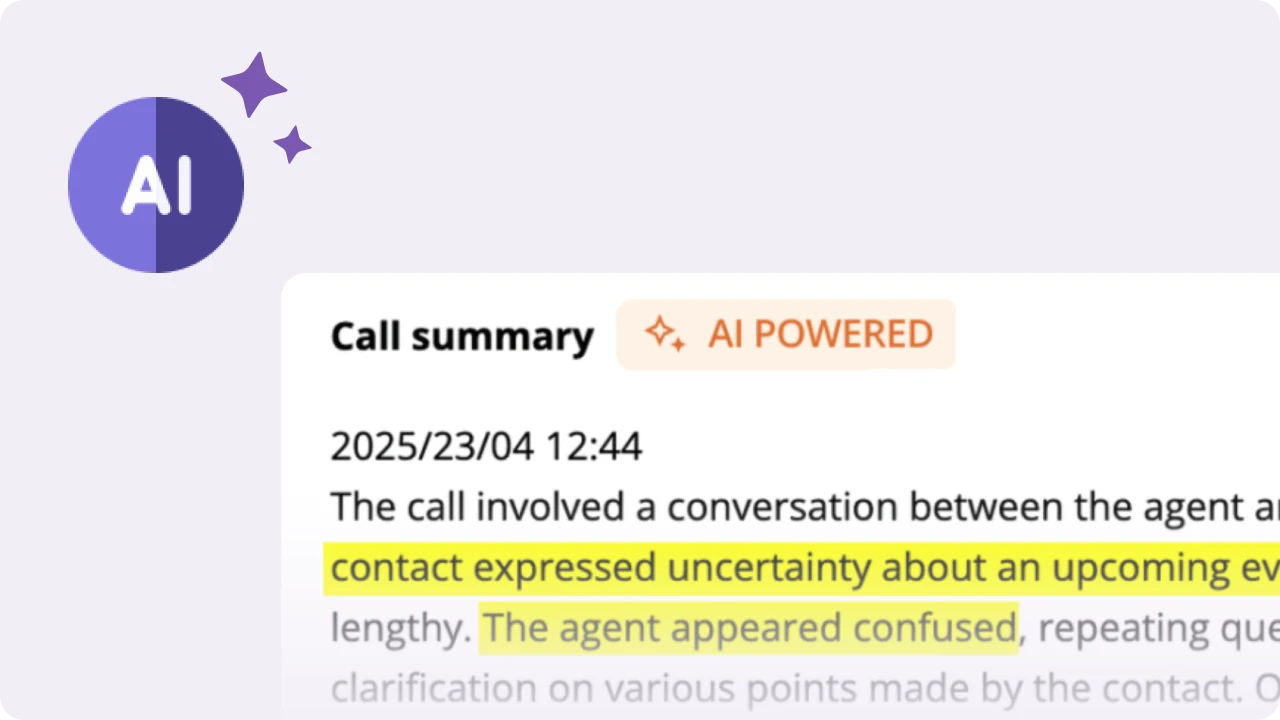Table of Contents
Grasstops vs Grassroots: There’s no getting around the fact that creating change is difficult.
If you have ever tried to change an individual’s mind or preferences, you can imagine the difficulty it takes to change a group of people, or a commonly accepted political stance.
What does it take to be successful?
Advocacy campaigning is the effort undertaken by organizations to force specific change. They target decision makers (most often in government positions), encouraging them to alter their views or take action.
And there are a couple of ways to go about it, namely:
- Grasstops advocacy
- Grassroots advocacy
Grasstops Vs grassroots advocacy differences
Grasstops advocacy
Grasstops advocacy involves enlisting the help of individuals who have personal connections with the decision makers you are targeting. That’s how we can differentiate grasstops Vs grassroots advocacy.
Examples of this might be political donors, current and former community leaders of the decision makers’ political party, or other influential people. A fairly recent example of grasstops advocacy would be comedian Jon Stewart spearheading the passage of the 9/11 first responders bill.

Credit: Caroline Brehman/CQ Roll Call
Grasstops advocates reach out to the targeted decision makers in a number of ways, like in-person meetings, emails/letters, and patch through calls.
Grassroots advocacy
Grassroots advocacy involves getting ordinary people to start powerful conversations around the issues they care about with their elected officials.
By combining and channeling many voices around a single issue, you have a better chance of getting community leaders to sit up and listen.
These efforts often come in the form of rallies, patch through phone calls and emails.
Is one more effective than the other?
While both grasstops and grassroots advocacy involve confronting legislators, the key consideration is whether the decision makers you are targeting are better swayed by quality or quantity.
While planning your advocacy campaign, keep in mind the key constituents that can influence your targets. Those might be influential citizens, or voters from their district or state.
And while both quality and quantity certainly have their advantages, the greatest impact can be achieved when you combine grasstops and grassroots organizing advocacy strategies.
Combining grasstops and grassroots advocacy
If you want real change, it makes sense to attack the problem on as many fronts as possible.
That’s why your grassroots advocacy strategy should always be complemented by grasstops advocacy, and vice versa.
Here are some things to note before you set your advocacy campaign in motion:
Identify grasstops vs grassroots advocates
The most obvious way to find potential grasstops advocacy is through research. Find potential connections of your targeted decision maker that you can explore.
When you recruit grasstops advocates for your cause, you ask a lot of them. They will be actively campaigning for you, be it by travelling to have face to face meetings, or having personal phone calls with legislators. Be sure that your grasstops advocates know what they are signing up for.
You can also find both grasstops and grassroots advocates among your supporters.
Survey supporters offline or through calling or texting campaigns to find their level of comfort in going above and beyond for your cause, and any influence they may have.
Here’s an example of a supporters survey from the American Osteopathic Association

Building relationships with offices
Effective grasstops advocacy involves identifying the key staff at the office of your target legislator/s.
It is better to cultivate these relationships well before the time of the decision you want to influence.
For federal level legislators, this would mean at the beginning of a legislative session.
For state level legislators, this would be before or during the adoption of a state budget.
Some ways to build these relationships:
- Meet with them 2-3 times a year
- Interact with them on Social Media
- Ask questions
- Contact them before key votes
Comparatively, grassroots advocacy is straightforward. You channel your supporters through publicly available channels like email and phone calls before a vote is held.
What tools do you need?
For any advocacy campaign, you will need tools that make it easier to connect constituents with lawmakers.
Advocacy CRM
Grassroots advocacy especially requires that you have a database of your supporters so that you can channel their energy towards your cause.
An advocacy CRM can handle all the data you have on your supporters and with integrations, can pass that data to your other advocacy tools.
Here are some advocacy CRMs to consider:
- Mobilize
- CharityEngine
- MobileAction
- SalsaLabs
- Soapbox Engage
- DonorPerfect
Patch-through calling software
One of the best ways to communicate with key stakeholders is through patch-through calls. Use a calling tool that allows you to patch constituents through to lawmakers.

NEAT, an LGBTQ+ advocacy group, used patch through calls to ask supporters to talk to their local elected officials about equal rights for the LGBTP+ community.
The agents talked to supporters, educated them about the issue and connected about 10 people to a rep in an hour.
Advocacy best practices
Take the time to research
Effective advocacy is built on the foundation of research.
From finding the right advocates for your cause, to finding the most persuasive points to put across to stakeholders, research helps you put your best foot forward.
Make sure that your research:
- Focuses on the problem directly
- Looks at the root causes of the issue
- Is linked to your current campaign
- Is informed by the current policy environment, so you can identify policy gaps.
Create a message to amplify
A successful message is a specific message.
That means for both grasstops and grassroots advocacy, you need to give your advocates the key talking points that they need to convey to a lawmaker.
Two points to note while crafting your message.
- Specify the concerns for your cause
- Specify the action a law maker can take for you
Selecting communication channels
For an advocacy campaign, communication goes both ways.
You will need to get your message in front of the general public and your supporters through:
- Advertisements
- Press releases
- Social Media
- Events
As well as the decision making levels of government through:
- Community meetings
- Letters
- Calls
- Petitions
- Committee appearances
Be transparent with your advocates
An informed supporter is an enthusiastic one,
Make sure they know:
- What you plan to achieve through your campaign
- What action you want them to take, whether it’s making calls or spreading the word through social media
- Your victories. Keeping your supporters updated on the progress of your campaign will help keep motivation high
Persistence is key
One way to cut through the noise is to make your communication as frequent as possible.
This goes both ways. You want to keep your supporters informed about your cause, and you want to get your message to decision makers as often as possible.
Be prepared to commit to the long term.
According to a Networked Change report ‘unseen by most observers, many of the most successful major advocacy grassroots campaigns we studied spent years building up power, scaling their networks and honing their story away from the limelight before they broke into the national consciousness and scored dramatic victories’.
Gather feedback from advocates
Unique insights can be obtained from your grasstops advocates after their interactions with legislators.
Set up a questionnaire that your advocates can fill out after a meeting. Insights from a meeting can inform campaign strategy moving forward.
Make sure these surveys are neatly categorized, allows easy access for stakeholders if they want to gain insight into the effectiveness of the campaign.
In the end
Real, positive, change starts from the bottom up.
If you are running an advocacy campaign to fight for a cause that matters to the average citizen, it is almost guaranteed that you will find collective voices to push that cause forward.
The real effort comes in channeling those voices into a coherent, persistent campaign. Adopting a dual pronged approach with grasstops and grassroots advocacy allows you to do that.


